Experience the hidden treasures of San Diego’s natural beauty with the help of these incredible hiking groups. Whether you are a seasoned hiker or just starting out, there is something for everyone in this picturesque city. From breathtaking coastal trails to jaw-dropping canyon views, San Diego offers a diverse range of hiking adventures that will leave you in awe. Embark on this journey with like-minded nature enthusiasts who share your passion for exploration and the great outdoors. Get ready to lace up your boots, gather your backpack, and join these amazing hiking groups for an unforgettable adventure in San Diego’s breathtaking wilderness.
How to choose the right hiking group?
Choosing the right hiking group can greatly enhance your outdoor experience. By being part of a group, you not only have more fun and make new friends, but also ensure safety and support in case of emergencies. However, not all hiking groups are created equal. Here are some tips to help you choose the right one for you:
1. Determine your level of experience
Before joining a hiking group, it’s important to assess your level of experience and fitness. Some groups are geared towards beginners or casual hikers, while others may require more advanced skills and endurance. Make sure to choose a group that matches your abilities so you can fully enjoy your hikes without feeling overwhelmed or left behind.

2. Research different groups
Take the time to research different hiking groups in your area. Look for online forums, social media groups or ask around among friends and family. Read reviews and check their website for information on their hike difficulty level, group size, safety measures and any special requirements they may have.
3. Attend a trial hike
Most hiking groups offer trial hikes for new members to join and get a feel for the group. Take advantage of this opportunity to see if the group is a good fit for you. Pay attention to the dynamics among members, the pace and difficulty level of the hike, and how well organized and prepared the leaders are.
4. Consider your goals
Are you looking for a leisurely hike with beautiful scenery, or do you want to challenge yourself physically? Do you prefer a group that focuses on nature and wildlife, or one that offers educational workshops? Clarify your goals and choose a group with similar interests to ensure an enjoyable experience.
5. Check for safety measures
Safety should always be a top priority when choosing a hiking group. Make sure the leaders are experienced and certified in first aid and CPR. Ask about their emergency protocols and if they provide necessary equipment such as first aid kits and communication devices.
6. Meet the group leaders
It’s important to meet the group leaders before joining a hike. This will give you an idea of their leadership style and how well they communicate with members. A good leader should be knowledgeable, approachable, and able to handle unexpected situations effectively.
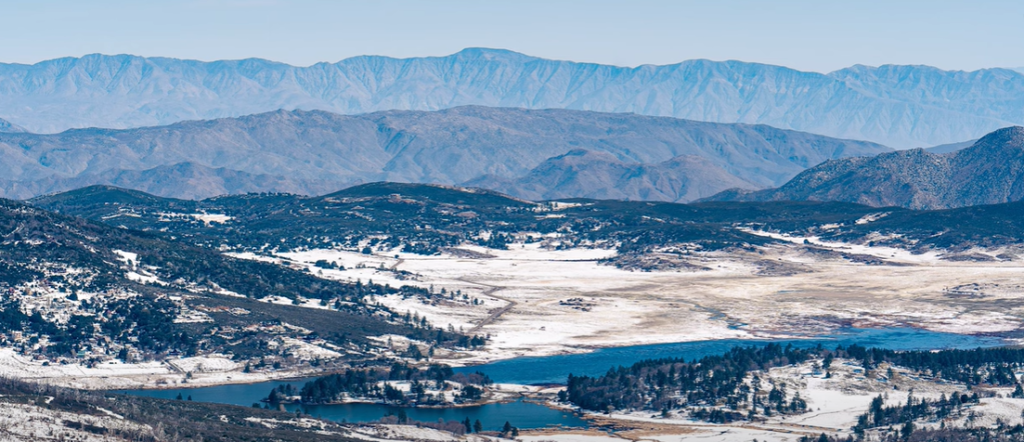
7. Consider group dynamics
Lastly, pay attention to the group’s dynamics and make sure it aligns with your values and preferences. Do they promote a positive and inclusive atmosphere? Are there any conflicts or cliques within the group? Remember, you’ll be spending time with these people in potentially challenging situations, so it’s important to feel comfortable with them.
By following these tips, you’ll be able to choose the right hiking group that fits your needs and enhances your outdoor experience. Remember, it’s not just about reaching the destination, but also enjoying the journey with a supportive and fun group of individuals.
5 Ways to Choose the Right Hiking Partner
Do your research
When planning a hike with a partner, it is crucial to thoroughly research and understand their hiking background. Take the time to inquire about their level of experience, fitness capabilities, and preferred types of terrain. By gathering these important details, you will be better equipped to select a trail that caters to both of your interests and abilities, ensuring an enjoyable and successful hike for both you and your companion.
Go on a test hike
Before embarking on a long and challenging hike, it’s always a good idea to go on a shorter test hike with your potential hiking partner. This will give you an opportunity to see how well you both work together as a team and if your hiking styles are compatible. Additionally, taking a test hike allows you to assess each other’s physical fitness levels, communication skills, and problem-solving abilities. You can also evaluate how you handle unexpected situations or navigate through difficult terrains together. By thoroughly testing your compatibility and preparedness during a shorter hike, you can ensure a smoother and more enjoyable experience during longer and more demanding hikes in the future.
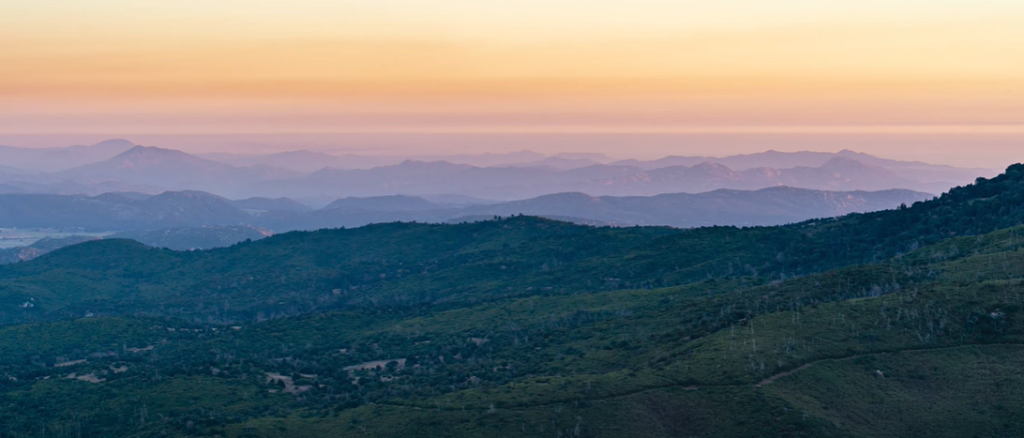
Be prepared for anything
When it comes to selecting a hiking partner, it is crucial to ensure that they are adequately prepared and equipped for the hike, just like you are. It’s essential to have someone by your side who possesses the necessary skills and knowledge to handle any unexpected situations that may arise during your adventure. Whether it’s navigating through challenging terrains, dealing with inclement weather conditions, or providing assistance in case of injuries, having a reliable and capable hiking companion can significantly enhance your overall hiking experience and safety. So, take your time to find the perfect partner who shares your enthusiasm for the great outdoors and is ready to embark on this thrilling journey with you!
Leave a trip plan
No matter how well you know your hiking partner, it’s always important to prioritize safety and leave a comprehensive trip plan with someone you trust. This should include essential details such as the specific route you will be taking, estimated duration of the hike, planned rest points, and emergency contact information. Providing additional information about the trail conditions, potential landmarks along the way, and any specific equipment or supplies you’ll be carrying can further enhance preparedness and ensure a smooth hiking experience. Remember, thorough trip planning is key to enjoying your adventure while minimizing potential risks.
Listen to your gut
Ultimately, when it comes to choosing a hiking partner, the most crucial aspect is to trust your instincts and listen to your gut feelings. Pay attention to any signs that something might not feel right or if you don’t feel entirely at ease with someone. It’s imperative to prioritize your safety and well-being above all else. Remember, finding a different hiking partner is always the best course of action if you have any doubts or reservations. Take the time to seek out someone who aligns better with your comfort level and hiking goals. By doing so, you can ensure a more enjoyable and rewarding outdoor experience [1].
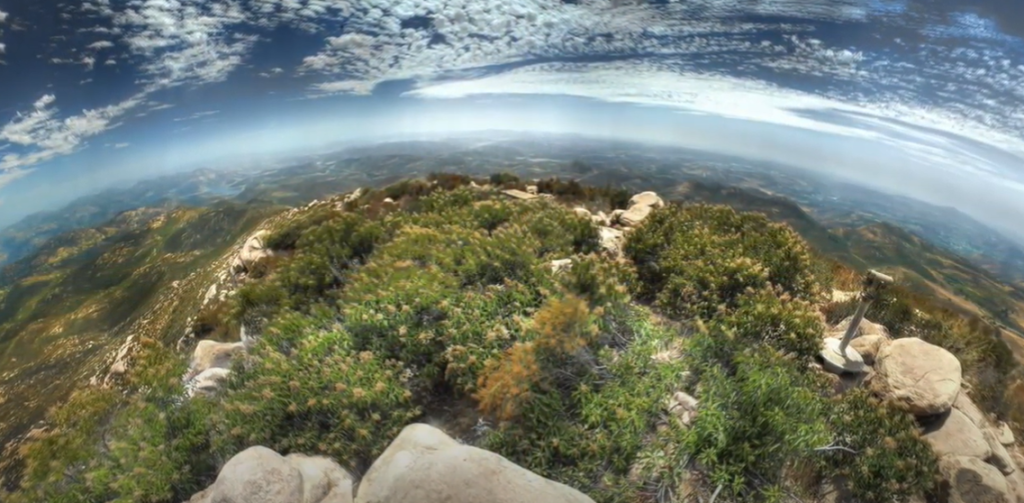
Types of hiking groups
Hard core mountaineering groups
Hard core mountaineering groups are composed of experienced hikers and climbers who are looking for challenging, technical hikes in remote and rugged terrain. These types of groups often require special gear, such as ice axes, crampons, and ropes, and may involve climbing over steep cliffs or glaciers. Hard core mountaineering groups typically have a high level of physical fitness and technical skill. They often plan expeditions to famous peaks and mountain ranges, such as the Himalayas or the Andes.
Informal, casual groups
On the other end of the spectrum, informal and casual hiking groups are composed of individuals who enjoy exploring nature at a more relaxed pace. These types of groups often do not require any special gear or technical skills and may focus more on enjoying the scenery and socializing with fellow hikers. Informal, casual groups may plan shorter hikes on well-maintained trails in local parks or forests.
Organized regional groups
Organized regional hiking groups are composed of individuals who live in the same area and share a love for hiking. These types of groups often have a designated leader or organizer who plans and coordinates hikes for the group. They may also have regular meetings to discuss upcoming hikes, gear recommendations, and safety protocols. Organized regional groups offer a great way for beginners to get involved in hiking and learn from experienced hikers.
Theme groups
Theme groups are composed of individuals who have a common interest or passion besides hiking. For example, there are photography hiking groups that focus on capturing beautiful nature shots while on the trail. There are also bird-watching hiking groups that combine a love for birds with exploring different trails. Theme groups offer a unique way to connect with like-minded individuals while enjoying the outdoors [2].
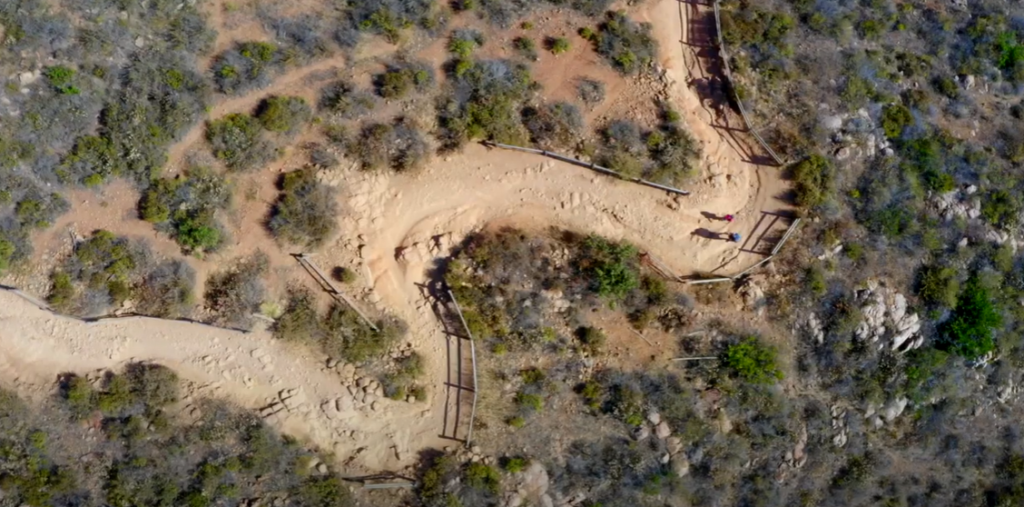
Local Hiking Groups to Join in San Diego
San Diego Day Hikers
If you’re an outdoor enthusiast searching for a local hiking group in the beautiful city of San Diego, look no further than the San Diego Day Hikers. With a massive community of over 9,000 members, this group is a vibrant hub for hiking enthusiasts of all levels. Whether you’re a seasoned hiker or just starting out, the San Diego Day Hikers organize a wide range of exhilarating hikes throughout the week, catering to various difficulty levels to ensure there’s something for everyone. But it doesn’t stop there! In addition to their hiking adventures, this group also hosts engaging social events and provides rewarding volunteer opportunities, allowing you to give back to the community while forging new connections with fellow nature lovers. Join the San Diego Day Hikers today and embark on unforgettable hiking experiences while immersing yourself in the beauty of San Diego’s breathtaking trails.
UCSD Hiking Club
If you’re a student at the University of California San Diego, the UCSD Hiking Club is an incredible opportunity to immerse yourself in the great outdoors and embark on thrilling adventures alongside like-minded peers. The club organizes weekly hikes that take you to various picturesque locations in San Diego, allowing you to discover hidden gems and breathtaking scenery. In addition to the hikes, they also arrange camping trips, providing you with the chance to connect with nature on a deeper level and forge lasting friendships. Furthermore, the club offers outdoor workshops where you can learn valuable skills such as navigation, wilderness survival, and outdoor photography. Joining the UCSD Hiking Club is not only a fantastic way to explore the beauty of San Diego but also a gateway to unforgettable experiences and personal growth.
San Diego Happy Feet Hikers
If you’re someone who enjoys immersing yourself in the beauty of nature while hiking at a leisurely pace, the San Diego Happy Feet Hikers group is absolutely perfect for you. This wonderful group specializes in organizing a wide range of easy to moderate hikes, carefully chosen to cater to people of all ages and fitness levels. Not only will you have the opportunity to explore stunning trails, but you’ll also benefit from their in-depth knowledge of the local flora and fauna. Their hikes are not only a great way to stay active and connect with nature, but they also provide an educational experience, allowing you to learn more about the fascinating plant and animal life that surrounds you. Join the San Diego Happy Feet Hikers and embark on unforgettable hiking adventures filled with fun, learning, and the joy of being part of a vibrant community.
San Diego Sierra Club
The Sierra Club is a well-known environmental organization that also has local chapters all across the country, including San Diego. Their hiking group organizes a wide range of hikes, from easy nature walks to challenging treks. They also have a strong focus on conservation and environmental education.
San Diego Sloth Hiking Team
For those who are looking for a laid-back, no-pressure hiking group, the San Diego Sloth Hiking Team is the perfect fit. This group values taking time to appreciate the beauty of nature and encourages its members to slow down and enjoy their surroundings. They organize hikes throughout San Diego County and also offer overnight camping trips.
Canyoneer Hikes with the San Diego Natural History Museum
If you’re interested in learning more about the natural history of San Diego while hiking, consider joining the Canyoneer Hikes group organized by the San Diego Natural History Museum. These guided hikes allow participants to explore different areas and learn about local plants, animals, and geology from knowledgeable volunteers.
Wilderness Basics Course with the San Diego Chapter of the Sierra Club
If you’re new to hiking and eager to delve into the world of wilderness safety, navigation, and camping skills, we highly recommend enrolling in the Wilderness Basics Course offered by the renowned San Diego chapter of the Sierra Club. This comprehensive course is designed to equip you with the knowledge and expertise needed to confidently explore the great outdoors. Through a combination of engaging classroom sessions and exciting outdoor excursions, led by experienced instructors, you’ll gain invaluable skills and insights that will enhance your hiking journey. Don’t miss this incredible opportunity to empower yourself as a hiker and embark on unforgettable adventures [3]!
FAQ
What is the best size hiking group?
There isn’t a definitive answer to what the best size hiking group is, as it ultimately depends on personal preference and circumstances. Some people prefer to hike solo for peace and solitude, while others enjoy the company of a larger group. However, there are some general pros and cons to consider when deciding on the size of your hiking party.
How do I find people who like hiking?
One way to find people who like hiking is to join local hiking groups or clubs. These groups often organize regular hikes and are a great way to meet fellow hikers with similar interests. Another option is to use social media and online forums dedicated to hiking, where you can connect with other hikers in your area. Don’t be afraid to reach out and make plans to hike together!
What should I bring on a day hike?
Some essential items to bring on a day hike include:
- Water: It’s important to stay hydrated while hiking, so make sure to pack enough water for the duration of your hike.
- Snacks: Hiking can be physically demanding, so it’s important to bring high-energy snacks such as trail mix, energy bars, or fruit to keep you fueled.
- Navigation tools: Even if you’re familiar with the area, it’s always a good idea to bring a map and compass or GPS device in case you get lost.
- First aid kit: Accidents can happen on the trail, so it’s important to have some basic first aid supplies on hand.
- Sun protection: Bring sunscreen, a hat, and sunglasses to protect yourself from the sun’s rays.
- Proper footwear: Make sure to wear comfortable and sturdy hiking boots or shoes for support and to prevent blisters.
What should I do if I encounter wildlife while hiking?
If you encounter wildlife while hiking, it’s important to remain calm and keep your distance. Do not approach or feed the animals, and try to stay on designated trails. If you come across a bear or mountain lion, make yourself look big by raising your arms and making loud noises. Never turn your back or run away from these animals.
How do you plan a group hike?
Planning a group hike can be a fun and rewarding experience. Here are some steps to help you plan a successful group hike. The first step is to determine the difficulty level and distance of the hike, taking into consideration the abilities and experience levels of your group members. Next, choose a date, time, and location that works for everyone. Make sure to communicate all details clearly to ensure everyone is on the same page. It’s also essential to have a backup plan in case of unforeseen circumstances such as bad weather or trail closures. Lastly, make sure to discuss and agree on any rules or guidelines for the hike, such as sticking together as a group and practicing Leave No Trace principles.
Should you join a hiking group?
Joining a hiking group can have many benefits, such as meeting new people, learning from experienced hikers, and exploring new trails. It’s also a great way to stay accountable and motivated for regular hikes. However, joining a hiking group may not be for everyone. Some people prefer the solitude of solo hikes or may not enjoy the dynamics of group hikes. Ultimately, it comes down to personal preference and finding what works best for you. That being said, trying out a hiking group and seeing if it’s a good fit can be worth considering! So don’t be afraid to give it a try and see where your next adventure takes you.
Useful Video: The BEST Hikes in SAN DIEGO (Top 5) | A Hikers Guide
Conclusion Paragraph
Overall, joining a hiking group in San Diego is a great way to explore the beautiful nature and scenic trails that the city has to offer. Whether you are a beginner or an experienced hiker, there are groups for every level and interest. Not only do these groups provide an opportunity to meet new people and make friends, but they also promote physical activity and mental well-being. Additionally, joining a hiking group can also lead to discovering hidden gems and secret spots that you may not have been aware of otherwise. So why wait? Join a hiking group in San Diego today and experience all that the city’s great outdoors has to offer!
References:
- https://www.explore-mag.com/5-Ways-to-Choose-the-Right-Hiking-Partner-and-not-get-left-behind
- https://www.hiking-for-her.com/hiking-groups.html
- https://sandiegomagazine.com/things-to-do/6-local-hiking-groups/

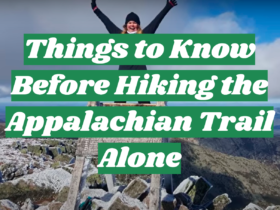



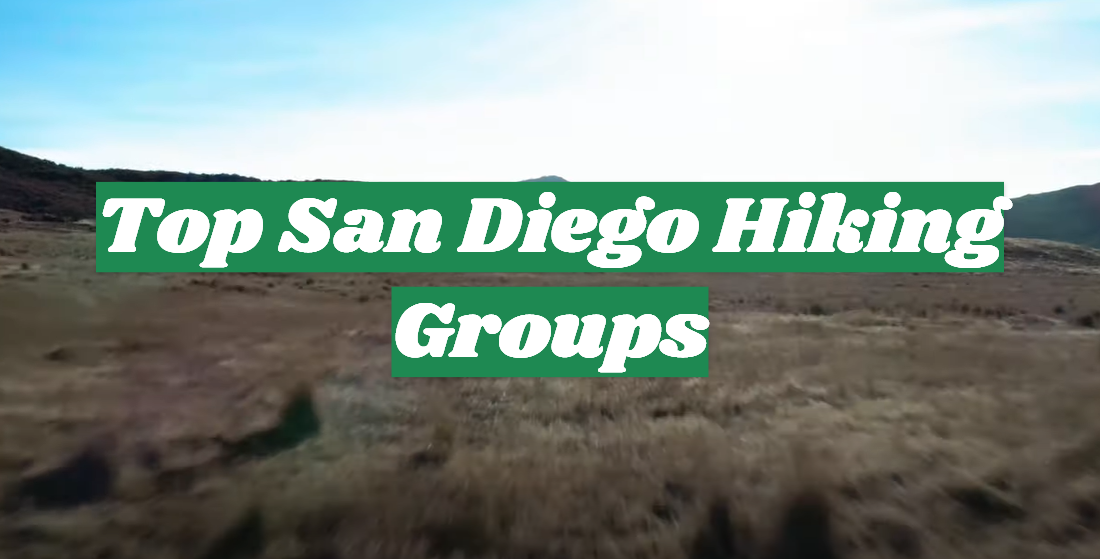




Leave a Review